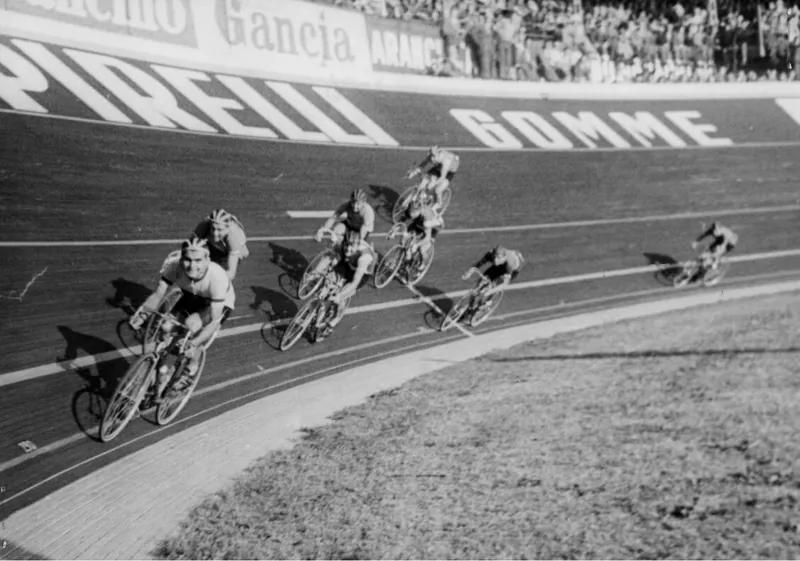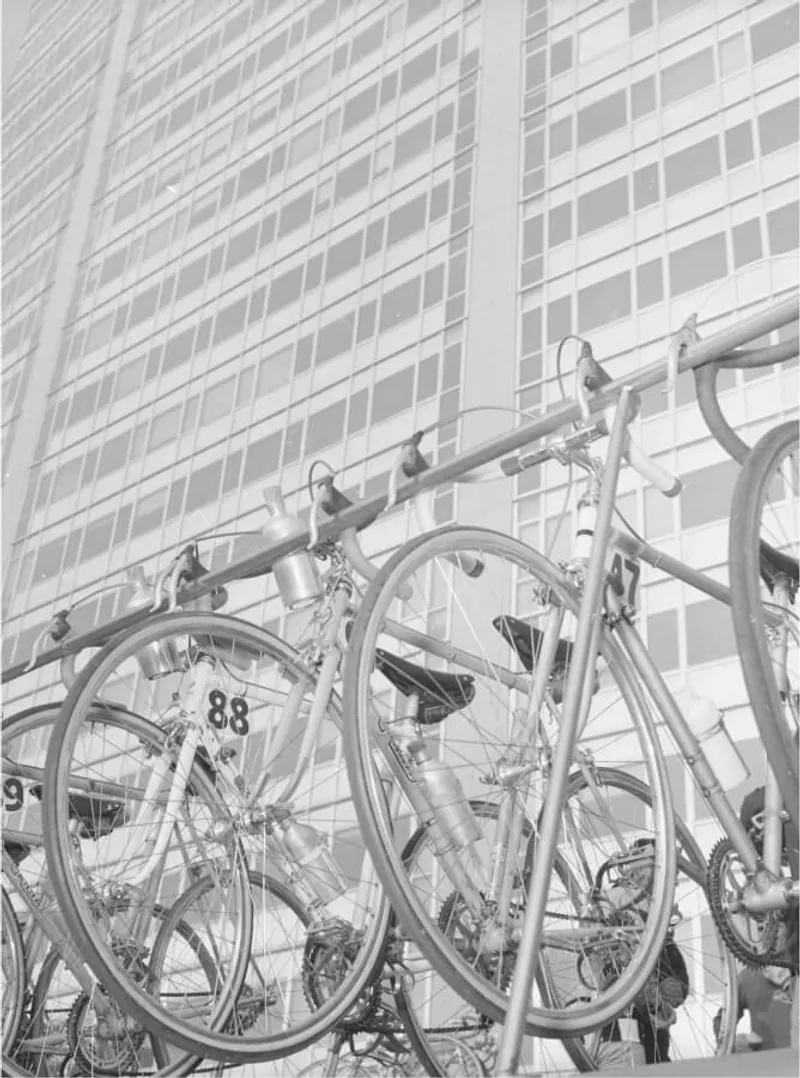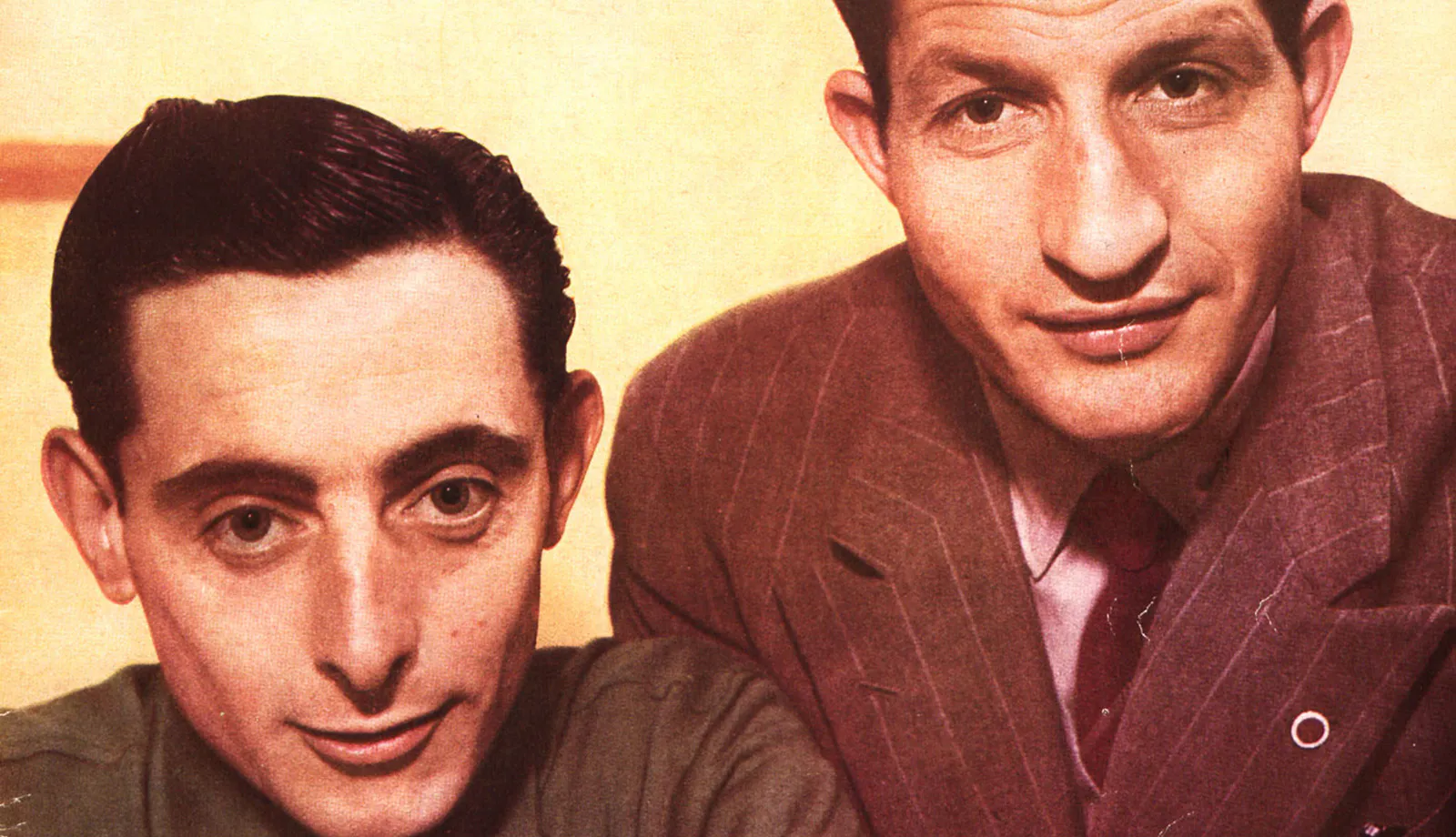Popular Heroes in the Cycle Sprint
The races were also experienced as social and cultural phenomena, as shown by the rivalry between Bartali and Coppi. It was the popular soul of record-breaking bikes.
Longevity is synonymous with classicism and reliability in market share. There is no better business card for success.
That same P, in fact, would be blazoned in the following years across the chests of the legendary champions—Ottavio Bottecchia, Alfredo Binda, Learco Guerra—who battled it out after the Great War. And then it appeared again on the outfits of Gino Bartali and Fausto Coppi, the standard-bearers of the golden years of cycle racing, when a stage race or a road classic would become a social and cultural phenomenon. Or even a way of understanding politics, as happened in July 1948, when Bartali’s victory in the Tour was capable of placating the Marxist revolutionary fury after the attempt to assassinate Palmiro Togliatti.

Bartali and Coppi not only rewrote the history of cycling in their own way, restoring that destiny of rivalry and duality that, beginning with Romulus and Remus, has characterised the history of the Italic spirit, but they were the precursors of what was to come, in terms of mindset and anthropological approach, in the relations between the generations of fathers and sons, in the conflict between teachers and pupils.

“One could write a lot about this dualism, and it is not easy to assess the human, professional and sporting reasons that motivated, exacerbated and, at times, falsified it,“ commented Giuseppe Ambrosini in the May - June 1949 issue of the Rivista Pirelli. The magazine had a colour photo on the cover showing Coppi, with his thin face and wearing a flannel shirt, and Bartali with his big nose and wearing a double-breasted pinstripe suit. The article was entitled ‘Bartali and Coppi: the secret of power’. One star wanes and another rises on the horizon.

